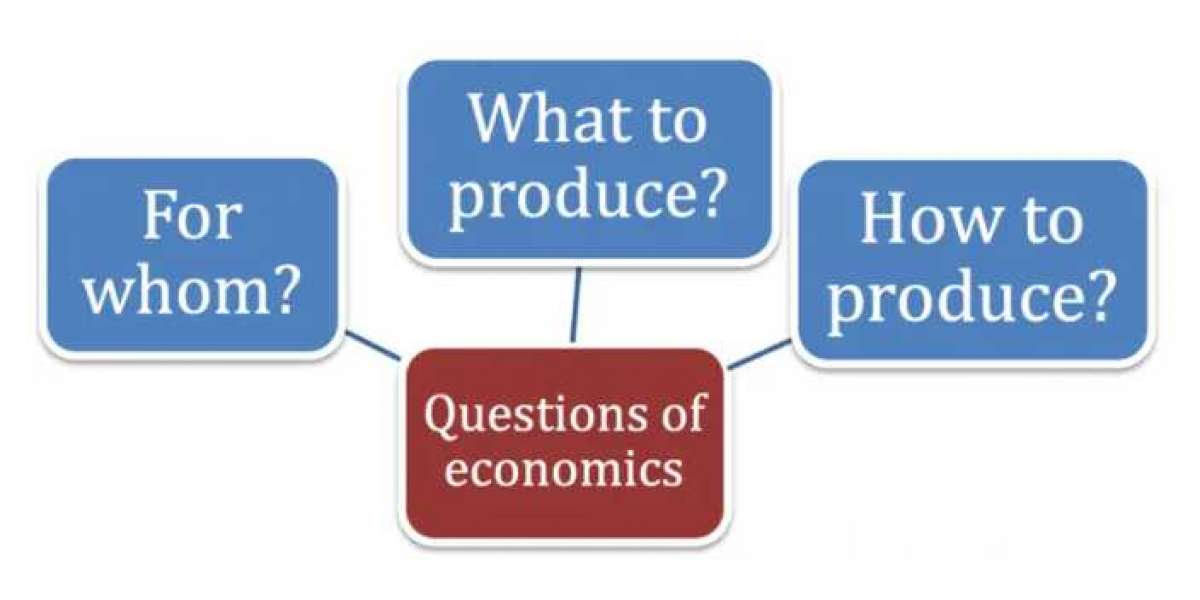Attention-Deficit/Hyperactivity Disorder (ADHD) is one of the most common neurodevelopmental disorders affecting children. Characterized by persistent patterns of inattention, hyperactivity, and impulsivity, ADHD can significantly impact a child's academic performance, social interactions, and daily functioning. For parents and caregivers, understanding ADHD is crucial in providing the support and strategies needed to help their child thrive. This comprehensive guide offers an in-depth look into ADHD, including its symptoms, diagnosis, and management strategies.
Understanding ADHD
Adhd In Children is characterized by a consistent pattern of inattention and/or hyperactivity-impulsivity that interferes with functioning or development. Symptoms often become apparent in early childhood and can continue into adolescence and adulthood. The disorder is typically divided into three subtypes:
Predominantly Inattentive Presentation:
This subtype is marked by difficulties in sustaining attention, following through on tasks, and organizing activities. Children may seem to daydream often, have trouble listening when spoken to directly, and be easily distracted by extraneous stimuli.
Predominantly Hyperactive-Impulsive Presentation:
Children with this subtype exhibit excessive fidgeting, restlessness, and difficulty staying seated. They may interrupt others, have trouble waiting their turn, and act without considering the consequences.
Combined Presentation:
This subtype involves a combination of both inattentive and hyperactive-impulsive symptoms.
Symptoms and Diagnosis
ADHD symptoms can vary widely among children, but they generally fall into two categories: inattention and hyperactivity-impulsivity.
Inattention:
Includes difficulty sustaining attention, following detailed instructions, organizing tasks, and being forgetful in daily activities.
Hyperactivity-Impulsivity:
Includes excessive talking, difficulty staying seated, interrupting others, and difficulty waiting for one’s turn. For a diagnosis of ADHD, symptoms must be present for at least six months and be inappropriate for the child’s developmental level. They should also cause significant impairment in at least two settings (e.g., home, school, or social situations). Diagnosis typically involves a comprehensive evaluation by a healthcare professional, which may include:
Clinical Interviews:
Gathering information from parents, teachers, and other caregivers about the child’s behavior and development.
Behavioral Questionnaires:
Standardized tools that help assess the frequency and severity of ADHD symptoms.
Observations:
Direct observations of the child’s behavior in different settings can provide valuable insights.
Medical Evaluation:
To rule out other potential causes for the symptoms, such as vision or hearing problems, or other medical conditions.
Managing ADHD: Strategies and Interventions
While there is no cure for ADHD, a range of strategies and interventions can help manage symptoms and improve quality of life. These typically include behavioral therapies, educational interventions, and, in some cases, medication.
Behavioral Therapy:
Behavioral therapies focus on modifying specific behaviors and developing new skills. Techniques often include:
Positive Reinforcement:
Rewarding desired behaviors to encourage their repetition.
Behavior Modification Plans:
Establishing clear expectations and consequences for behaviors.
Parent Training:
Helping parents develop strategies for managing their child’s behavior more effectively.
Educational Interventions:
Children with ADHD may benefit from various educational accommodations, such as:
Individualized Education Programs (IEPs):
Customized plans designed to meet the educational needs of children with disabilities.
504 Plans:
Plans that provide accommodations to help students with ADHD access the general education curriculum.
Classroom Strategies:
Techniques such as breaking tasks into smaller steps, using visual aids, and providing frequent breaks can support children with ADHD in the classroom.
Medication:
Medication can be an effective component of ADHD management for some children. The most commonly prescribed medications are:
Stimulants:
Medications such as methylphenidate (Ritalin) and amphetamines (Adderall) are often effective in reducing ADHD symptoms by increasing the levels of certain neurotransmitters in the brain.
Non-Stimulants:
Medications like atomoxetine (Strattera) may be prescribed if stimulants are not effective or if the child has significant side effects. Medication should always be monitored closely by a healthcare professional, and its use should be regularly reviewed to ensure its continued effectiveness and appropriateness.
Lifestyle and Home Strategies:
Simple adjustments in daily routines and environments can also help manage ADHD symptoms:
Structured Routines:
Establishing consistent daily routines helps children with ADHD understand what to expect and reduces the likelihood of confusion or distraction.
Organization Tools:
Using calendars, checklists, and reminders can help children stay on track with tasks and responsibilities.
Healthy Lifestyle Choices:
Encouraging a balanced diet, regular physical activity, and adequate sleep can positively impact ADHD symptoms.
Supporting Your Child
Supporting a child with ADHD involves a collaborative effort between parents, teachers, healthcare providers, and the child themselves. It’s essential to:
Educate Yourself:
Understanding ADHD and its impact can help you advocate for your child and work effectively with educators and healthcare providers.
Communicate Openly:
Maintain open lines of communication with your child about their condition, ensuring they feel supported and understood.
Promote Self-Esteem:
Help your child recognize their strengths and celebrate their achievements, no matter how small.
Seek Support:
Join support groups for parents of children with ADHD to share experiences and gain insights from others facing similar challenges.
In Summary
Managing ADHD requires a multifaceted approach tailored to the individual needs of the child. By combining behavioral therapies, educational support, medication, and lifestyle adjustments, parents and caregivers can significantly improve their child's quality of life. Understanding ADHD, staying informed, and fostering a supportive environment are key components in helping children with ADHD reach their full potential. With the right tools and strategies, children with ADHD can navigate their challenges and succeed both academically and personally.







